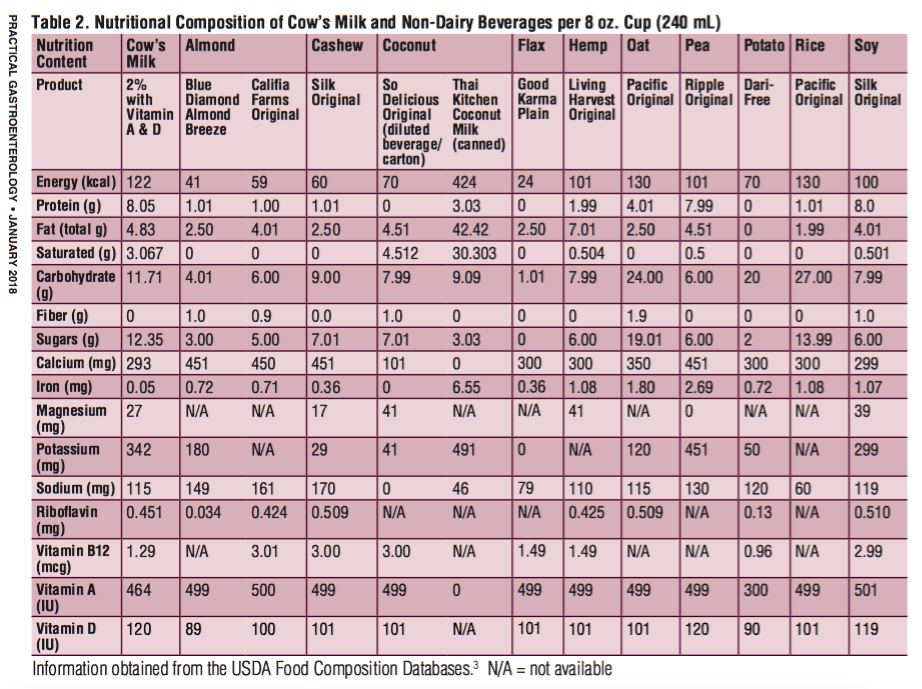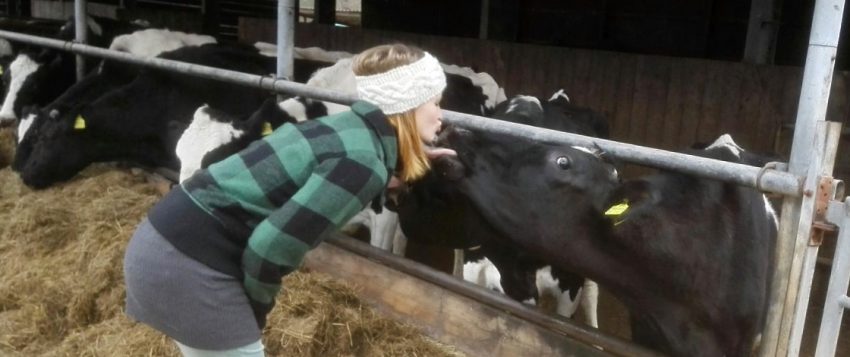We see them more and more, those pie charts that display the different ways we are causing climate change or otherwise messing with the planet, and by how much percent we do this in each category.
Turns out, what we eat makes out a big slice of that pie: Agricultural production makes up 19 to 29% of the human-cause greenhouse gas emissions, globally.
So what to do about this?
Well this is great! This means that the power is yours to make a change! Simply by choice of food.
But then: the confusion! Everyone has an opinion.
“Go Vegan!”
“But vegans are assholes! Or worse, Hippies! What’s next? Home births and tree hugging?? I want KFC!”
Alright! Lets calm down. I refuse to take part in emotional debates about food choices. I am not a Vegan. I tried, struggled, settled for something close to Vegan, that I now call “environmentally conscious diet”. And BONUS: this diet is way cheaper than eating meat or being a vegan who buys all those expensive vegan replacements for meat and dairy.
But I am not trying to sell you my personal diet choice right now. I am just trying to clean up with that confusion on food and what is eco-friendly and what is healthy. One step at a time.
Today, I want to talk about milk.
We know that the environmental footprint of grains and legumes is low, and that of ruminant livestock is high. So I would assume that plant based milk is better than cow’s milk? But I read all those articles about Brazil chopping down the rain forest to grow soy? Is that the soy in my milk? (FYI: some soy milk producers write the origin of their soy on the carton).
As an aspiring vegan, I didn’t know what to do. But now I do, and here’s what I learned.
Spoiler: Whatever you choose to do, plant milk is ALWAYS better for the planet than Dairy.
Greenhouse Gasses
The first thing we think about when environmental awareness is mentioned, is greenhouse gasses, the main aspect of climate change.
Food production creates greenhouse gasses by:
- Clearing land to grow crops on. Yes, that’s LAND, which I discuss below, but land clearing can be a gassy problem when the area cleared was prior rain forest, mangroves or peat land. These biomes are especially good at keeping carbon in the ground and out of the air (“carbon sinks”). Kill the biome, and that stored carbon is released into the atmosphere.
- Running machinery to “do the agriculture stuff”
- Transport (think global buy local right?)
- Processing (for example turning apples into juice)
- Production of packaging.
- In some cases: Refrigeration
In our plant based milks, on average, for 1 L product, the following amounts of CO2 are emitted (units in kg CO2): Soy 1.0, oat 0.9, rice 1.2 , almond 0.7. Dairy: 2.9.
Why does rice do worse than the others? Well it turns out, rice farts.
…Not really. But to grow rice, the paddys must be flooded with water. In these waterbeds, bacteria thrive that produce methane. Methane is a greenhouse gas. The same greenhouse gas that cows emit by “burping”.
The BBC published this interactive “game” where you can see what theCO2 emissions of your foods are. Its not perfect because it doesn’t let me choose my servings exactly and doesn’t specify what a “serving” is.But its definitely fun and interesting. Check it out!
Land
Land is needed to graze the cows, or grow the crops that go in the milk and feed the cows.

I already touched on the land and it’s aspect on climate change in terms of CO2. Another reason why land for extensive agriculture hurts my nature-conservationist’s heart, is because the term is linked to the words:
- Habitat loss: If you pick a random species that is threatened with extinction and then research why, MOST of the time, the leading cause will be habitat loss.
- Biodiversity loss: We are currently in a phase of mass extinction. This mass extinction is more rapid than the one where all the dinosaurs disappeared. We just don’t notice because our personal lifespans are nothing compared to earth history, and most species we lose are not as charismatic as the Chinese tiger or the northern white rhino. There are farming methods that aim to uphold biodiversity. I will write about that in the future.
- Human-Wildlife-Conflict: Humans are expanding. Space for nature is declining. So nature and civilization can clash. Predators take livestock, herbivores take crops, some break stuff. A friend of mine had an elephant rub his behind on the top of his tent while he was inside it, curled up on the ground, praying. Humans retaliate by killing the “intruders”.
On average 1 litre dairy milk needs 8.9 square metres of land. Soy, oat, rice and almond milk all need less than 1 square metre for one litre of drink.
According to the Livestock, Environment andDevelopment (LEAD) Initiative, cattle raising contributes to cutting the rain forest more than soy crops (and most of that soy is grown not for our milk, but for feeding the cows).
Water
Water is needed to grow crops. Duh. This is in so far an environmental issue, as it is often kind of tricky to get the water to where the crops are, when farming is large scale and out of touch with the rhythm of nature. Almond milk doesn’t do too well in this aspect. The USA is the main exporter of almonds, and most of those are grown in California. California, that place that was basically on fire for most of 2018. Its not famous for having lots of fresh water.
To make 1 litre of drink it takes: soy: 28L, oat: 48L, rice: 270L, almond: 371L of water.
Dairy milk: around 1191 L (This source is not the same as the one I have for water need of plant based milks so it doesn’t compare exactly, because the method of assessment is a tad bit different. So many factors play into these assessments. But this is still comparable).
Rice doesn’t do great either, because of the flooding of the paddys. And then the rice farts in the water… well the bacteria anyway… It’s just a mess.
There are also some other things to consider. After all, the environment is big and diverse and everything is connected. But those are the biggies for now.
Financial concerns?
Depending on where you live, plant based milk may indeed priced very different from dairy. However, with growing demand, plant based milk is getting cheaper and cheaper. My personal experience so far was as follows:
Germany: Plant based milk cost the same as organic/cow friendly dairy. But is about 50% more expensive than cheap cow unfriendly milk. Either way, a litre of any milk is affordable, even if you are poor by German standard. Unless you go to a health food store,then you pay 50% more for dairy and 150% more for plant milk. My recommendation: shop at DM (drogeriemarkt) for organic plant milk.
UK: Everything depends on which shop you go to, but most often, dairy is a little bit more expensive than almond or soy, oat and rice is a little more expensive than dairy. Aldi had very cheap almond and soy milk when I lived there.
Rural Brazil: I could not afford plant based milk there, but dairy was super cheap. Soy milk was about 6x the price of dairy (this is 2018). I didn’t buy either and feasted on water based fruit smoothies happily ever after.
If buying is too expensive, but you own a blender, make your own! The principle is simple: 1 part plant ingredient (soaked in water overnight and drained) with 4 parts water. Optionally add sweetener like sugar, agave syrup or dates, and a pinch of salt. Blend on high for 1 minute, strain through cloth into a clean (!) container, water down to your liking. Keep pulp for food use (YouTube is your friend here). Refrigerate your milk. Shake before every use and use within 3-4 days. It ferments way faster than store bought plant milk. I once made oat milk and boiled it before bottling. That made it thicker (like whipping cream consistency) and keep for a few days longer.
Have a look on YouTube for millions of tutorials.
Dietary Concerns?
Especially in the US, this gigantic “Got Milk” campaign had everyone believe, that you were a bad parent if you didn’t make you child drink at least one glass of milk a day. That’s not true. Calcium is super abundant in legumes and dark green vegetables. You do not need dairy to be healthy, even when your bones are growing.

Reading this report, the author seemed concerned about protein. In my opinion, not an issue. There are many cultures who do not traditionally consume dairy and are fine. Japan has the world’s highest average life expectancy.
Alternative sources of protein are beans, peas and nuts.
Sources
Bridges, M., 2018, Moo-ove Over, Cow’s
Milk: The Rise of Plant-Based Dairy Alternatives in Nutrition
Issues in Gastroenterology, Series #171. Accessed at:
https://med.virginia.edu/ginutrition/wp-content/uploads/sites/199/2014/06/January-18-Milk-Alternatives.pdf
Clune S, Crossin E, Verghese K, 2016: Systematic
review of greenhouse gas emissions for different fresh food categories. Journal
of Cleaner Production, DOI: 10.1016/j.jclepro.2016.04.082
Food and Agriculture Organization of the United Nation (FAO) & The Livestock,
Environment and Development (LEAD) Initiative, 2006: Livestock’s long shadow- environmental issues and
options. Accessed at:
http://www.fao.org/docrep/010/a0701e/a0701e00.HTM
Gimlet media’s Science vs
Episode Soy, Almond, Oat Milks: Are they
Udder Bull?, Show notes:
https://docs.google.com/document/d/1GwAp1DTEIweQReAtW7nvhF52F8jRojGa0Pd7DPYThZI/edit
Mekonnen MM, Hoekstra AY, 2012: A global
assessment of the water footprint of farm animal products.
Ecosystems 15, pp 401–415. DOI: 10.1007/s10021-011-9517-8
Poore J & Nemecek T, 2018: Reducing
food’s environmental impacts through producers and consumers. Science
360, pp 987-992.
Vermeulen SJ, Campbell BM, Ingram JSI, 2012. Climate
Change and Food Systems. Annual Review of Environment and Resources
37, 195-222


I love your posts 🙂 Have you tried local raw A2/A2 dairy (cows, goats, camels), is it available there? It’s full of these amazing essential and hard-to-acquire nutrients (like A, D, and K2, and healthy saturated fats, needed for absorption of these vitamins) and the cows make the soil super fertile with their poop (and chicken love the poop), can milk for years and years without needing to be re-bred, and they’re such awesome animals. I was vegetarian for a while but started not feeling well (due to fat and nutrient deficiencies) and began getting sun-raised green-raised eggs and milk from local folks – I think it’s revolutionary!
Thank you for your input. It sounds very interesting. I have never heard of dairy cows who do not need to be re-bred to continue to produce milk. I will definitely find out more about that. Personally, I prefer to eat vegan, unless it comes from the dumpster and would have been wasted anyway. I call it the “climatarian” diet. Its been almost three years and I feel pretty good.
Like!! I blog quite often and I genuinely thank you for your information. The article has truly peaked my interest.
Thank you! I am so glad. Spread the info!